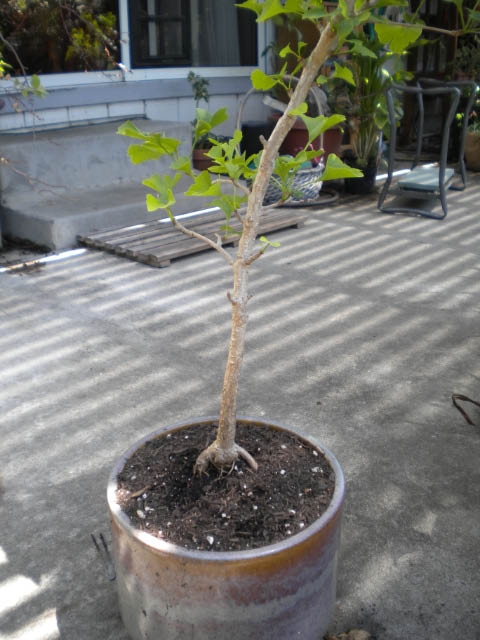Sometimes I think I should have my Master Gardener certification revoked. I can be so oblivious to what’s really going on, particularly in my established container plants on my back patio. I mean if they are green and upright, I’m pretty happy. That said, even I began to notice the plants were looking a bit odd. Many of them were starting to look they had been planted too high and then a lot of the soil had washed away, leaving the crown and superficial roots hanging in the breeze.
I thought I really must have had a bad planting day and not put enough soil in or not tamped it down enough. It didn’t dawn on me that they had been planted at different times. It didn’t occur to me to question, just how long ago were these things planted?
Finally I decided that I really must repot these plants. The plants included a gingko, a boxwood topiary, a Mexican lime and a bay leaf topiary. When I turned the pots over there was a dense fibrous mat of roots which I had to cut off before I could even get the plants out of the pots. Once out of the pots I saw there was essentially no free soil left as the roots had taken up all available space in the pots. The reason all the plants had looked as if they were planted too high was that they were being forced to climb out of their pots by all the roots below them.
I got busy doing some serious root pruning and replanted them in rich new soil. But here was my dilemma. They always say when transplanting to plant your tree or shrub at its previous level to the soil. I didn’t know what to do since the stem crown junction had been so elevated before. Since it had been that way for a long time I thought the plant might have adapted to that and might go into shock if I buried them back to a normal level. What to do? I decided to split the difference. What would you have done?
Attached Images:
